Combat Arts Calf Kick Injuries
Many full combat martial arts involve moves that require strong calves. Take taekwondo, for example, it involves fast spinning kicks that require calf strength. A study by ScienceDirect found that practicing these arts can develop the strength of the gastrocnemius and soleus. However, calf kick injury is a common issue among athletes, especially those engaged in combat sports. Calf strains, pulls, and tears are very common in athletes, especially those that are involved in endurance sports. This is so important that TEAM USA has special instructions for its triathlon athletes on “calf heart attacks” as they like to call it. Most combat artists train for endurance as well and the marathon matches and sparring practices can strain the calf just the same.
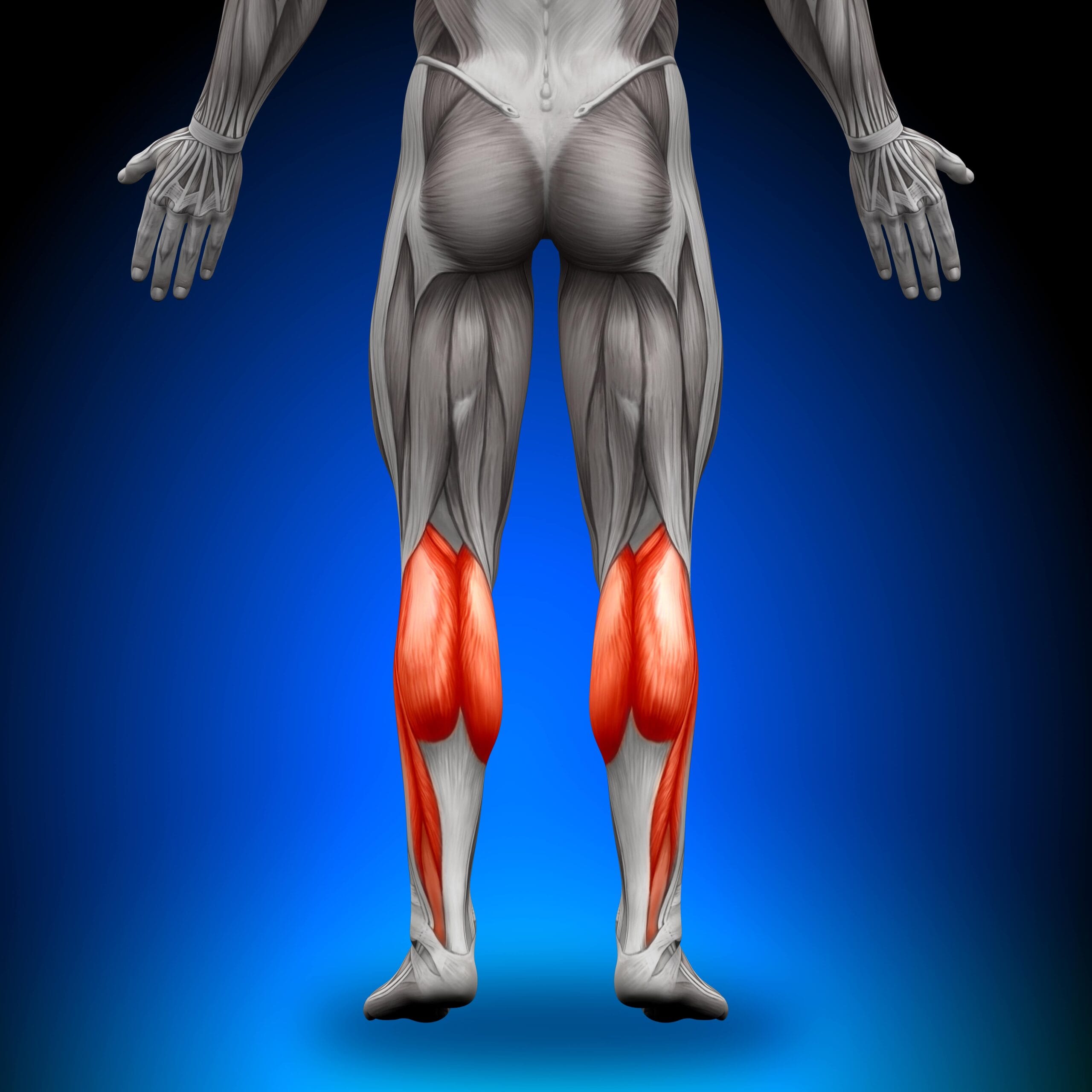
Causes of Calf Injury
Calf kick injuries are very common in striking arts as the calf is usually a target for high-velocity attacks or kicks. As the gastrocnemius is in a maximal stretch, any stretch above the threshold could cause the muscle to tear. This requires athletes to condition and train calf muscles for many maneuvers and hence it is seen in greater frequency in defensive martial arts.
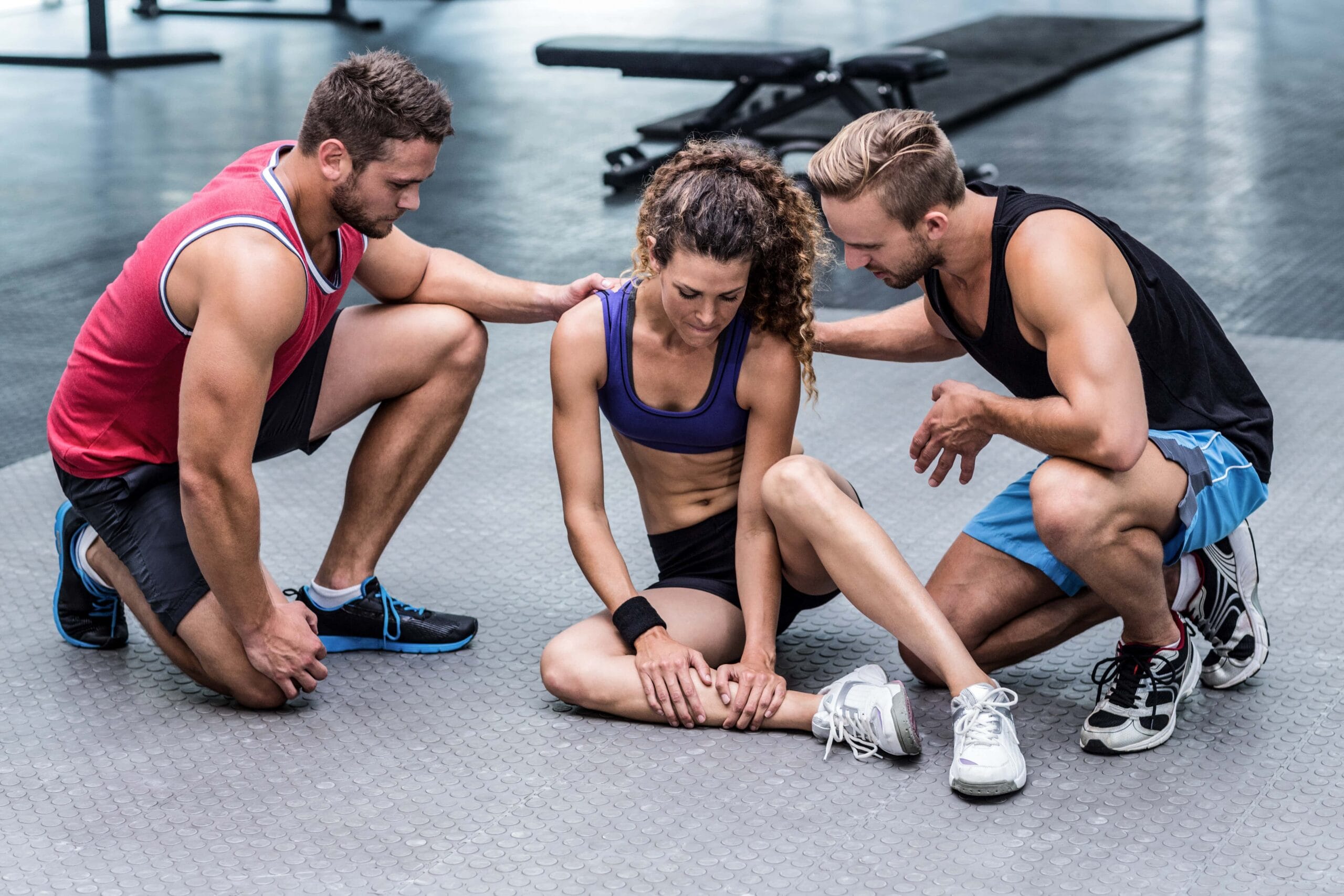
Calf Injury Symptoms
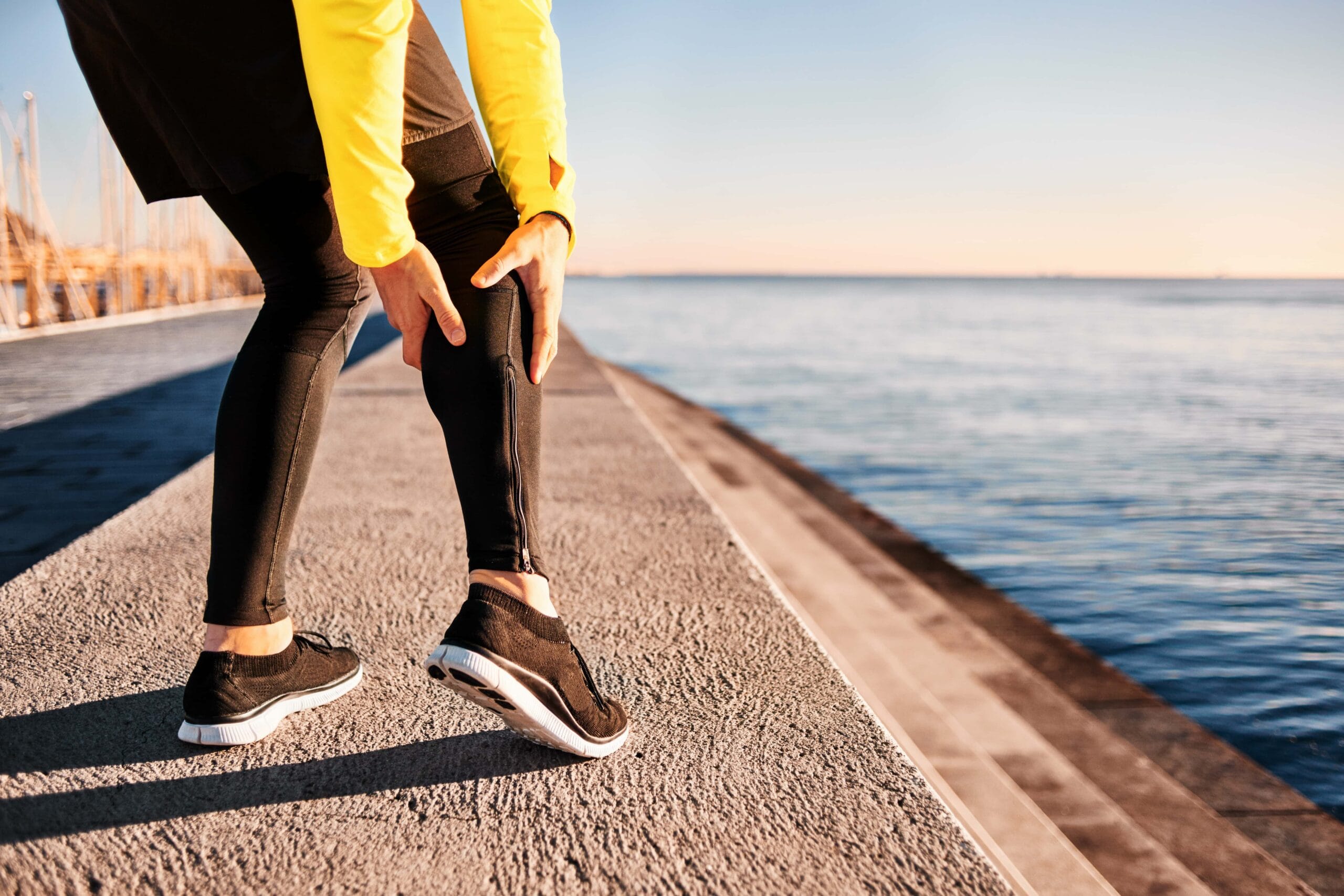
Types of Calf Injuries
The most common injury to the calf is a pull or strain. Additionally, the gastrocnemius can simply rupture and this injury looks and symptomatically appears very similar to an Achilles tendon rupture. Therefore, it’s important to identify a gastrocnemius tear.
Related injuries
Gastrocnemius Tear
A gastrocnemius tear does not only occur only while training. The overworked muscle is susceptible to injury while simply standing up from a seated position or taking a step down the stairs. The calf muscles have a certain threshold for stretch beyond which it can tear. This threshold varies according to age, flexibility, muscle conditioning, and strength.
Gastrocnemius Tear Symptoms
Athletes may experience a bruised calf muscle, evident by discoloration and tenderness in the area.
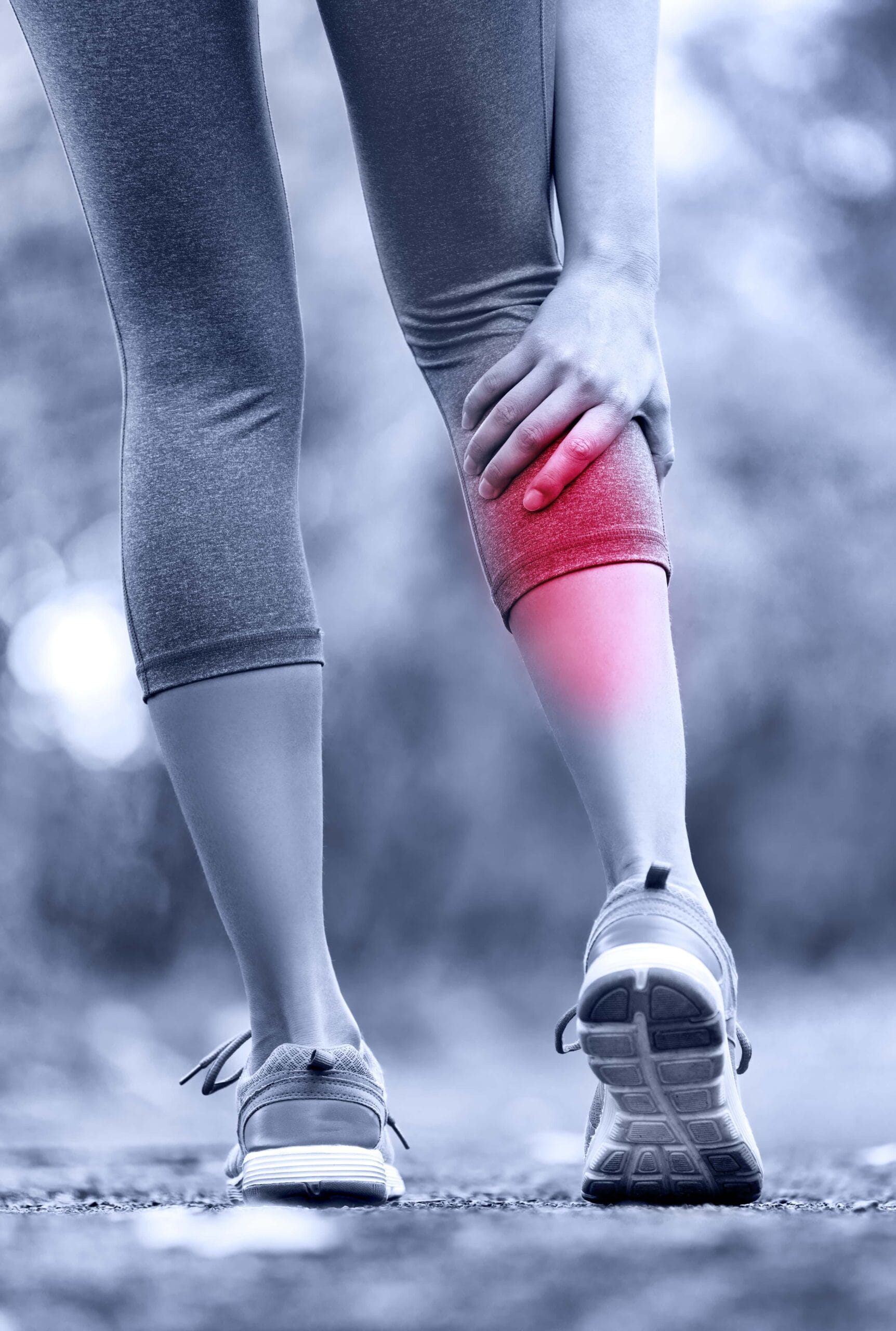
Gastrocnemius Tear Causes
The calf muscles or the gastrocnemius is the most overlooked muscle of the leg. When those in combat arts talk about shin conditioning, they’re only focused on the shin and not the calf. Injury takes place at the posture of the knee. This means the muscle is injured during maximal extension and full ankle dorsiflexion. This maximally stretches the gastrocnemius muscle. It also increases the elastic tension and far exceeds the threshold of a muscle tear.
This more the case when the muscle is eccentrically contracted. Calf kicks are very common Muay Thai and kickboxing. The gastrocnemius muscle is prone to injury as it involves three joints. These are the knee, ankle, and subtalar joint. Muscle fatigue also contributes to injuries. Failure of the muscle to relax plays an important role in developing a tear. Since they cannot relax, the fibers are vulnerable to injury during stretching.
To learn how Gastrocnemius Tear is diagnosed Click Here
Common injuries
Find out more about other injuries affecting the calf-like strains in our Common Injuries section.
Diagnosis of Gastrocnemius Tear
The diagnosis of the tears to the gastrocnemius-soleus complex is done via physical exam and imaging. Imaging is very important as it differentiates the injury from other tendinous injuries.
Calf Strains, Pulls, and Tears Are Common in Combat Athletes
Ready to Start the Healing?
Injury Specific Diagnosis
Gastrocnemius Tear
Physical Exam
The physical examination should involve checking ecchymosis and tenderness over the site of the muscle tear. The doctor might palpate a subcutaneous gap if there is a frank retraction. This may or not be visible to the naked eye.
Passive stretching of the calf and resistive plantar flexion tests are done along with an active and passive range of motion tests to the knee and ankle. Any pain on stretching the calf or resisted plantar flexion is a red flag for a calf injury.
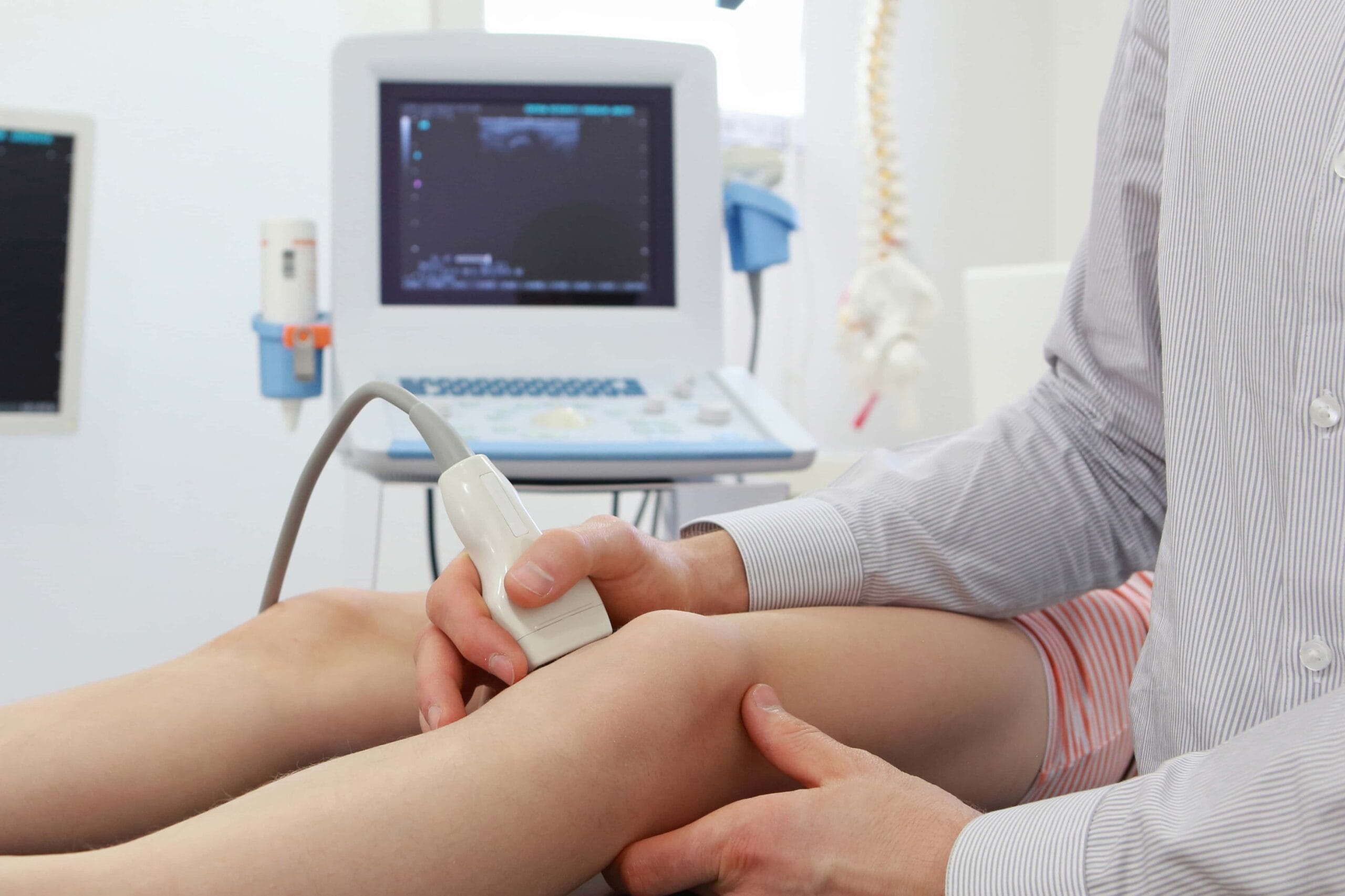
Imaging
Imaging studies are very important for lower extremity injuries. In gastrocnemius tears, they can differentiate partial from complete ruptures. Plain films and CT plays a very limited role in muscular injuries. Ultrasound is cheaper and shows signs of disruption of the normal fibers at the myotendinous junction. It can also visualize a hematoma, and or fluid collection between the gastrocnemius and soleus muscles.
Ultrasound can differentiate partial from complete tears. It can also provide a fairly accurate size of the hematoma. Larger hematomas usually suggest a complete tear of the gastrocnemius muscle. It can determine the size of a complete rupture. This is helpful if doctors do a percutaneous aspiration of the hematoma.
Ultrasound can pick up a deep vein thrombosis in the presence of a tear without any visible signs on imaging. Doctors even use the ultrasound to follow up during recovery if the muscle is healing well.
Magnetic resonance imaging (MRI) is the best imaging tool for soft tissue imaging. On MRI, the rupture or discontinuity of the muscle fibers is easily visible. Any retraction of the torn muscle fibers is also visible. MRI differentiates between gastrocnemius and Achilles tendon injury. It can assess surrounding connective tissues as well.
Using imaging the injury is staged.
Grade 1 Injury (Mild): Those in combat arts might be able to continue activity with pain. On MRI, 10% of muscle fibers are disrupted.
Grade 2 Injury (Moderate): Fighters cannot walk at all. They have weaknesses during ankle dorsiflexion and plantar flexion. On MRI the muscle has edema or hemorrhage. 10% to 50% of the muscle fibers are disrupted.
Grade 3 Injury (Severe): The calf has a defect or deformity. On MRI, there is a complete disruption of the muscle. There is a retraction, extensive hemorrhage or edema. 50% to 100% of the muscle fibers are disrupted.
Lab Tests
Blood tests are not used to diagnose the injury. However, certain markers of inflammation can be done which suggests muscle inflammation. These include CRP, CK, and ESR.
To learn how Gastrocnemius Tear is treated Click Here
Common Diagnoses
Find out more calf strains are diagnosed through our Common Diagnoses section.
Calf Injury Treatment
The treatment of gastrocnemius tears depends on the type of tear and the presence of any associated injury. The average time for recovery is about 29.1 days. Physical therapy is essential to make a full comeback to combat sports.
Injury Specific Treatment
Gastrocnemius Tear
Emergency Treatment
The first treatment is providing symptomatic relief. If there is any bleeding, limit this with a light tourniquet. Try and reduce the pain and joint contracture. Rest, do not bear weight, apply an ice packing, and compressive wrapping. Elevate the extremity. This will reduce swelling and pain.
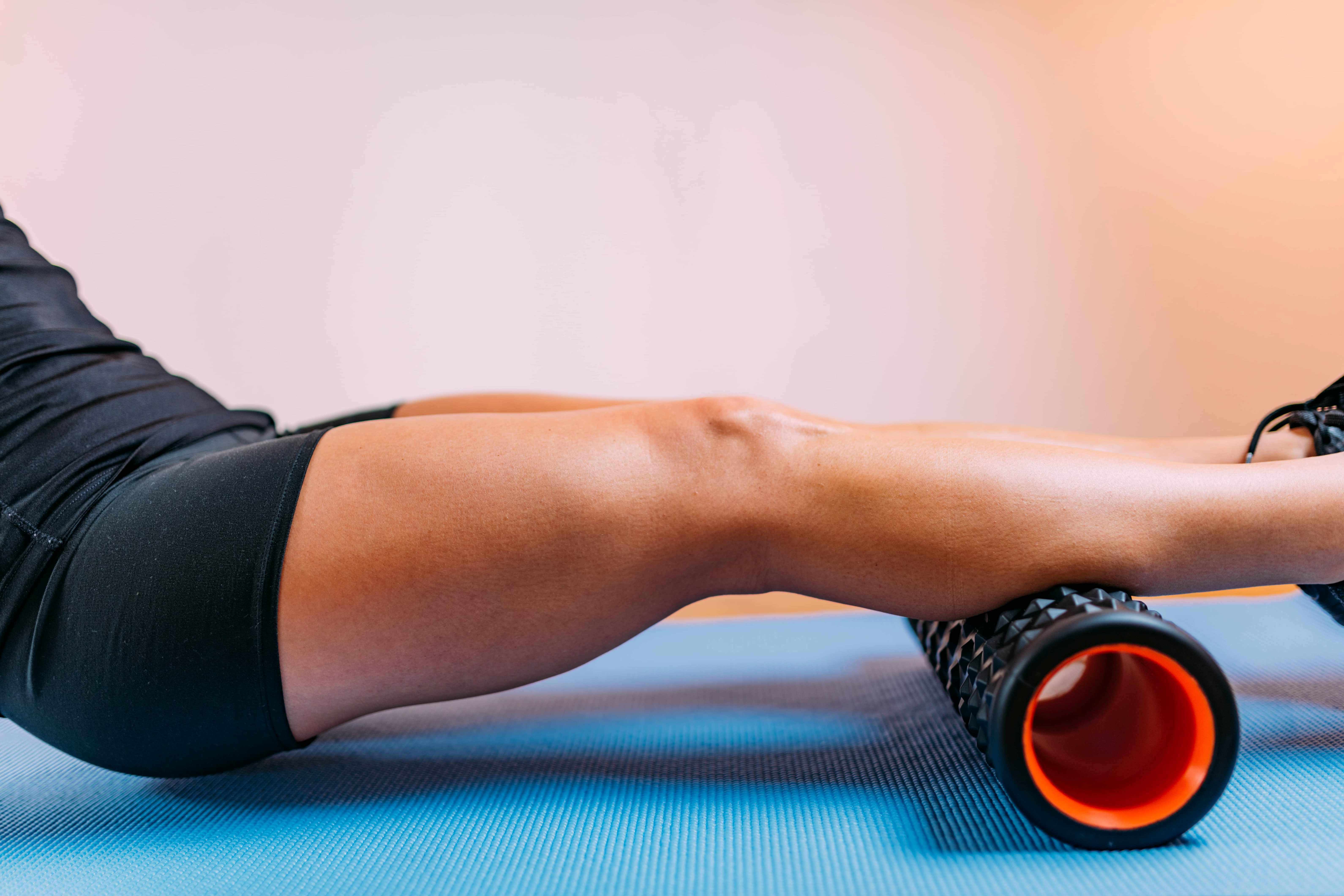
Medical Treatment
Medications are prescribed to reduce pain and muscle spasm. Early mobilization is absolutely necessary to prevent contractures. NSAID’s are not prescribed in the first 24 to 72 hours. This is because of their antiplatelet effect which can increase the risk of bleeding. Instead, celecoxib and other COX-inhibitors are given for pain relief. Acetaminophen or narcotic pain medications can also be taken instead.
Physical therapy is instrumental to promote functional recovery. It must begin with gentle stretching. This can lengthen the intramuscular scar and prevent any contractures. After several weeks, strengthening exercises, heel raising, and proprioceptive exercises are added to the rehab protocol.
Core muscle strengthening and general reconditioning are gradually introduced as tolerated. After the pain subsides, the fighter can be allowed to walk and bear weight.
In cases of complete tears, weight-bearing is limited. Doctors may advise a cast or orthosis. Any dorsiflexion stretching or exercises, weight-bearing must begin only after the fighter is pain-free.
Most combats artists will do well with medical treatment. Surgical repairing of the muscle tear is necessary very rarely. The procedure is challenging in itself as suture through muscle tissue is difficult and it can lead to fibrosis and contractures.
Home Treatment
Return to play is determined by MRI. However, to prevent these injuries, athletes have to learn to warm up and stretch before any formal workout. Calf conditioning is very important to prevent these tears.
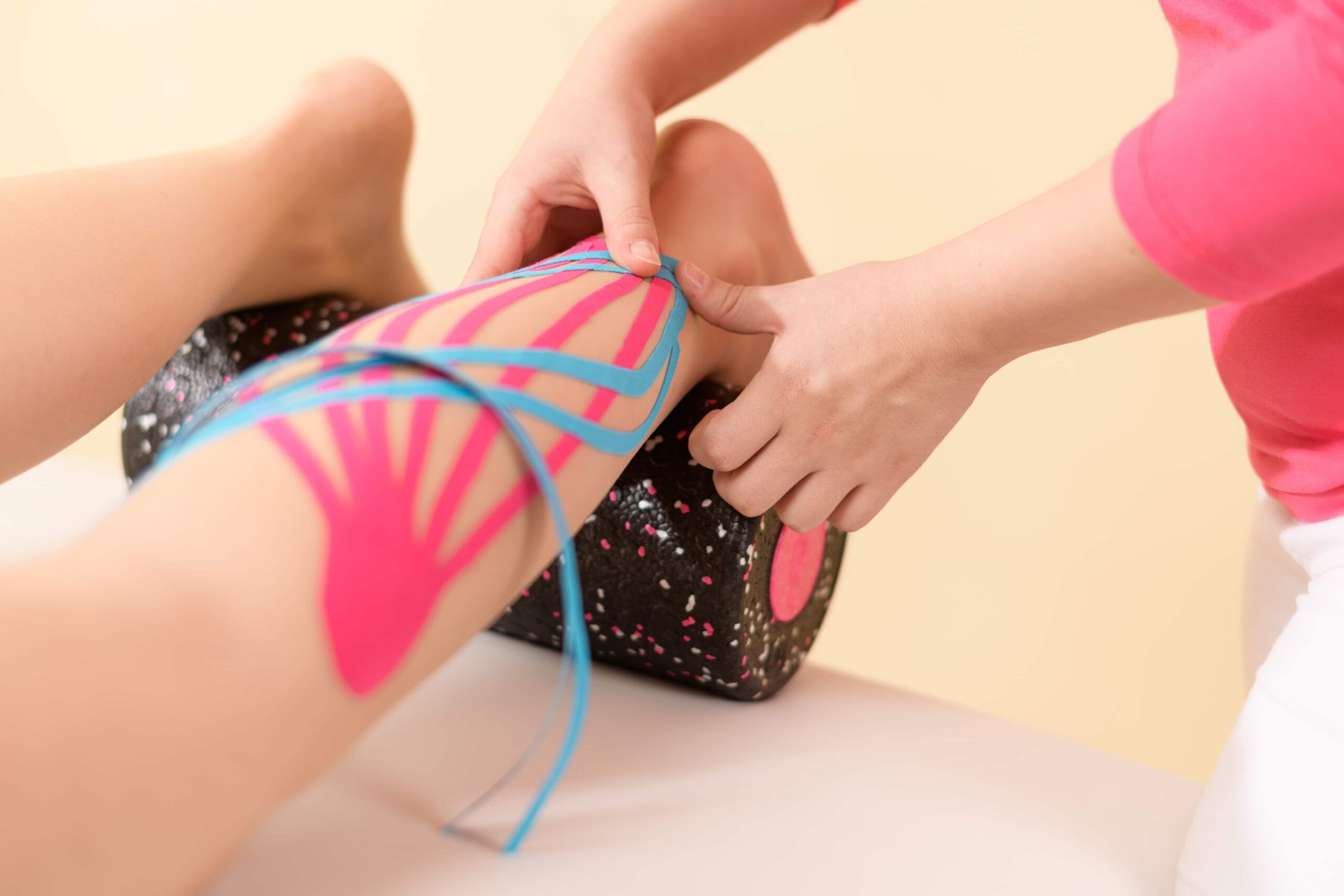
Common Treatments
Read how various therapies are used to treat common injuries of the calf in our Common Treatments section.
